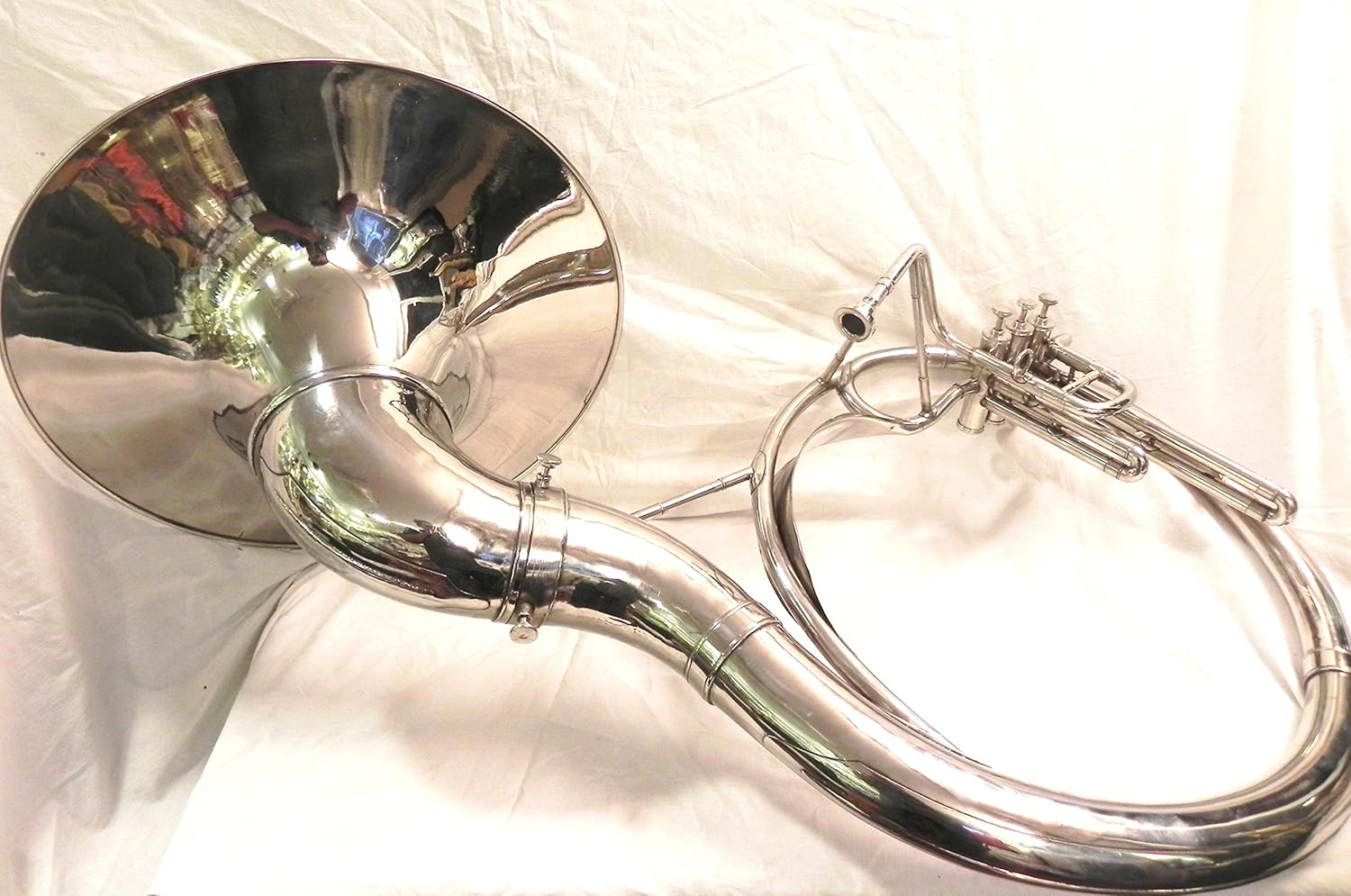What materials are sousaphones often made of? Sousaphones are large brass instruments commonly seen in marching bands and parades. They are similar to tubas but are designed to be worn over the shoulder to make it easier for musicians to play while moving. These instruments are made of several materials that help create their distinctive sound and durability.
When considering what materials are sousaphones often made of, it’s important to know that most sousaphones are constructed using brass. Brass is a mixture of copper and zinc, which gives the instrument its shiny appearance and rich, warm sound. However, different parts of the sousaphone may use other materials to enhance its quality and make it more comfortable for the musician.
What Materials Are Sousaphones Often Made Of? Exploring the Basics of Brass
Sousaphones are a key instrument in many marching bands. When thinking about what materials are sousaphones often made of, it’s important to start with the most common material: brass. Brass is a mixture of copper and zinc, and it’s used in most of the body of the sousaphone. This material helps the instrument produce a rich, warm sound that you can hear clearly, even in a large crowd.
What materials are sousaphones often made of? Brass is not only used for its sound but also for its strength and durability. The material is strong enough to last through years of use, making it a great choice for instruments that are played in outdoor conditions, like during parades.
How Brass Influences the Sound of Sousaphones: Understanding the Materials
Brass plays a huge role in the sound quality of a sousaphone. What materials are sousaphones often made of? As mentioned, brass is made up of copper and zinc, and the combination of these metals gives the instrument its beautiful, deep tone. Copper adds warmth to the sound, while zinc helps with the instrument’s brightness.
Why Brass Is Important for Sound Quality:
- Warmth and Richness: Copper’s role in brass helps create the warm, rich tone that sousaphones are known for.
- Loudness and Projection: The strength of brass helps sousaphones project sound clearly over large distances.
- Flexibility: Brass is flexible, allowing musicians to fine-tune their sound to fit different performances.
What Other Materials Are Used in Sousaphones? Exploring the Design Elements
While brass is the main material used in sousaphones, there are a few other materials that make up the complete instrument. What materials are sousaphones often made of? Some parts of the sousaphone are made from other metals or plastics for specific reasons, like comfort or protection. For example, the mouthpiece is often made of silver or plastic, which is softer and more comfortable for the player’s mouth.
The bell, which is the large, flared part of the sousaphone that projects the sound, can sometimes have a silver or nickel-plated finish. This finish helps with the durability of the bell and makes it resistant to tarnishing. The tuning slides, which help the musician adjust the pitch, may also be made from materials that are easy to maintain, like nickel or other metals that resist corrosion.
The Durability of Sousaphones: How Different Materials Affect Longevity
Sousaphones need to be strong enough to handle a lot of movement and outdoor conditions. The materials used in making a sousaphone ensure that it lasts for many years, even with regular use in parades or marching events. What materials are sousaphones often made of? The use of brass helps with durability, but other materials also contribute.
Material Durability Features:
- Brass: Strong and resistant to rust and corrosion.
- Silver Plating: Provides extra protection for parts like the bell.
- Lacquer Coating: Adds a layer of protection and enhances the instrument’s appearance.
What Materials Are Sousaphones Often Made Of? A Breakdown of the Key Components
In addition to the brass body, several parts of the sousaphone are made from specialized materials that enhance its function and performance. What materials are sousaphones often made of? Let’s take a look at the key components:
- Body: Mostly made from brass, it is the largest part of the instrument.
- Bell: Often made from brass or silver-plated brass to improve sound projection.
- Mouthpiece: Commonly made of plastic or silver for comfort and durability.
- Tuning Slides: These may be made from nickel to prevent rust and help with adjustments.
Understanding the materials used in each part of the sousaphone helps explain how the instrument functions and why it’s so durable.
Conclusion
In conclusion, sousaphones are made primarily from brass, which gives them their shiny look and rich, warm sound. The combination of copper and zinc in brass helps create a strong, durable instrument that can withstand years of playing in parades or marching bands. Other materials like silver and nickel are also used in parts like the mouthpiece and tuning slides to improve comfort and protection.
Understanding what materials are sousaphones often made of helps musicians appreciate the quality and design of the instrument. Whether you’re playing in a band or just learning about sousaphones, knowing the materials behind this brass instrument gives you a deeper connection to its sound and performance.
FAQs
Q: What is the main material used in sousaphones?
A: The main material used in sousaphones is brass, which is a mix of copper and zinc.
Q: Why is brass used in sousaphones?
A: Brass is used because it is strong, durable, and creates a rich, warm sound.
Q: Are sousaphones made of any materials other than brass?
A: Yes, parts like the mouthpiece and tuning slides are sometimes made from silver, plastic, or nickel.
Q: How do the materials in a sousaphone affect its sound?
A: The materials, especially brass, help create a deep and clear tone, perfect for marching bands.Q: Can sousaphones be used in outdoor events?
A: Yes, sousaphones are durable and made to withstand outdoor conditions, including parades and sports events.





Leave a Reply